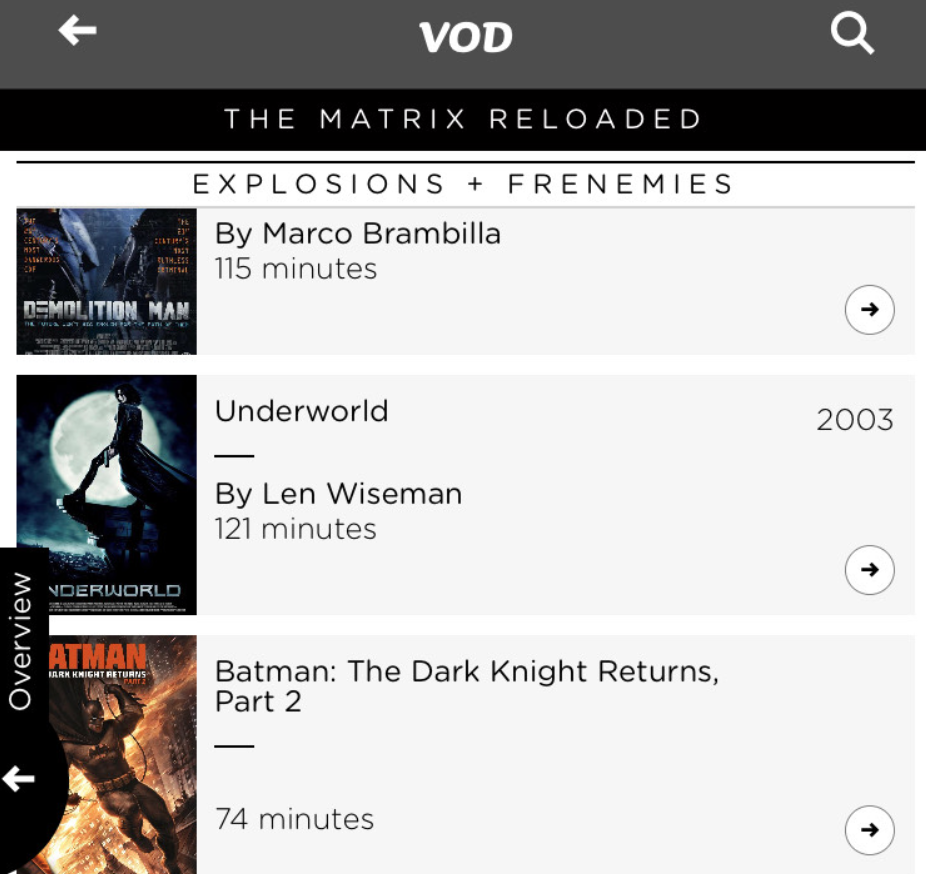“97% of people who have bought a toaster have also bought bread”.
We are sure you have read thousands of variations of this phrase while shopping online. You may not be familiar with it but it is called collaborative filtering. It is a somehow efficient method to predict buying decisions via recommendation but stats have their limits, and these are highly exposed when we apply them to artistic content such as video.
What we call books, movies, video games, podcasts, paintings, plays, shows – all of those “things” that define the relationship between human creativity and human analysis.
Recently, Thibault, our co-founder, had the opportunity to join a great panel at La Turbine, highlighting why recommender systems online need to address the same type of conversation that you would have when using an offline store.
Although the main platforms of consumption have changed from physical to digital, the interpretation of data related to creative content is still language-based.
When speaking with a knowledgeable vendor, the conversation goes beyond the simple stat of “What are other people buying? What is popular at the moment?”. Simply because most of the time these statistical answers do not reply to the emotional questions you might get.
Still wondering what we mean? Then let us use the same example Thibault used in the podcast interview that followed his intervention at Culture Futur.
Have you seen The Matrix?
If so, you might like it or dislike for a number of reasons that aren’t related to the fact your noisy neighbor played it at 3 am last night. Or the fact that your bowling partner with whom you identify with in many ways watched a stream of it after buying new gloves to strike you out next Sunday. So, how does Spideo interpret The Matrix?
At Spideo, we see The Matrix as a series of moods, and themes.
These are triggers that might interest you as a watcher.
Triggers that are connected to you as a citizen.
We use the term Content Semantic Fingerprint (CSF) because any cultural, creative or artistic work is unique and therefore should be treated as one. By focusing on the moods and themes that make it unique, the CSF is able to explain why we recommend any content, delivering a personalized User Experience (UX).
The singularity of creative content and semantics behind each creative piece are the basis to make the customer experience (CX) go even further with the User Semantic Fingerprint™.
To sum up, video recommendations and creative content at large deserve a semantic-driven approach because:
- Creative content such as a video, a film, a book, music or a podcast, is unique.
Why do you and a friend like or dislike the same piece of content?
- Data interaction is more important than data points.
The relationship between data entries and data meaning is key to deliver a great UX.
- Better CX requires explanations to generate trusted engagement.
Do your customers trust a black-box algorithm?
- The UX is better when it is conversational.
Can statistical approaches engage in a dialogue as a human would?
If you feel that your customers can benefit from the personalized approach at Spideo, we would love to hear from you!

